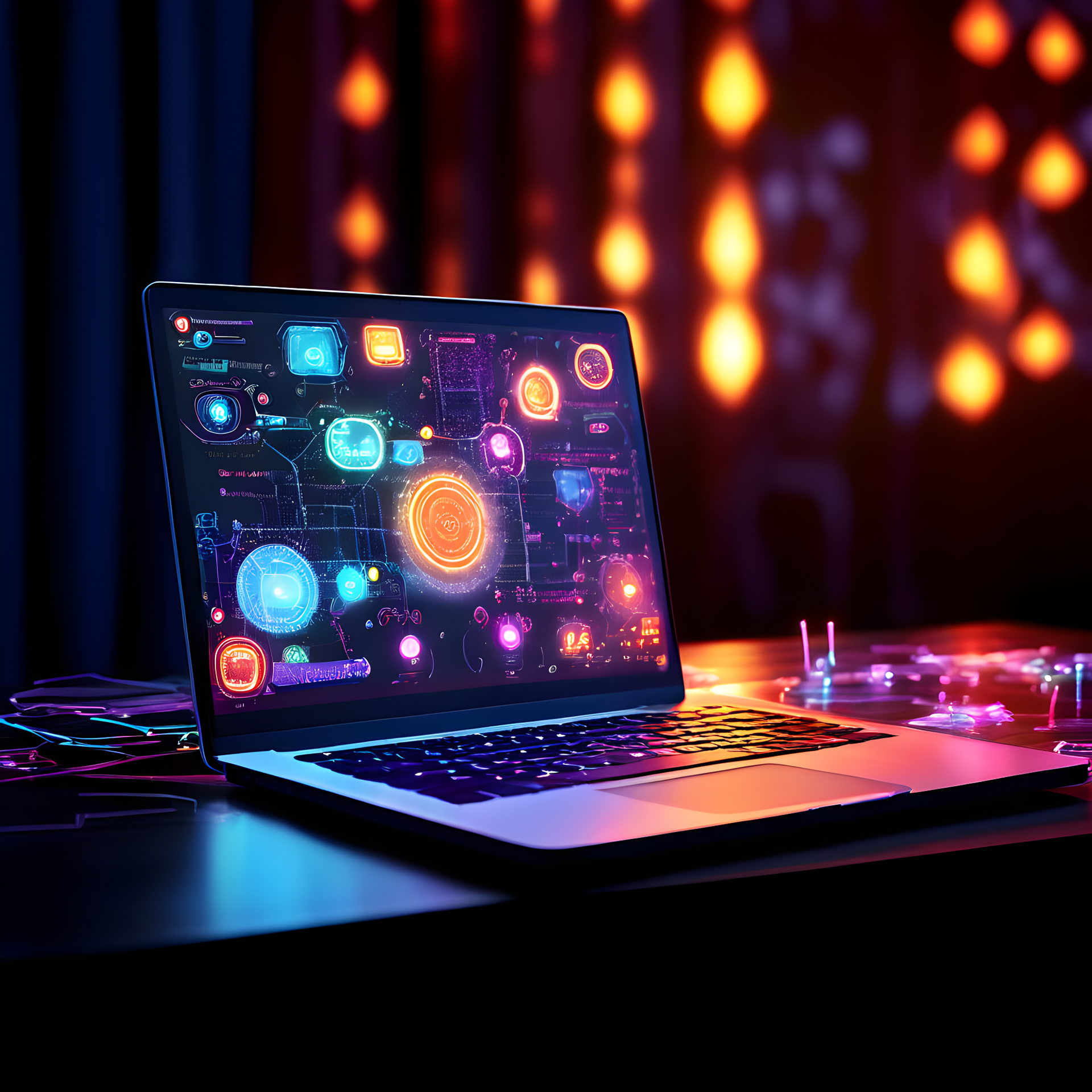Holographic Keyboards: A Glimpse into Future Typing
In a world where technology continues to blur the lines between science fiction and reality, holographic keyboards are emerging as a fascinating innovation poised to revolutionize how we interact with our devices. These futuristic input methods project a virtual keyboard onto any flat surface, allowing users to type without physical keys. As we delve into this cutting-edge technology, we'll explore its potential to reshape our digital experiences and the challenges it faces on the path to widespread adoption.
Initial versions struggled with accuracy and responsiveness, often misinterpreting user input or failing to register keystrokes altogether. However, as sensor technology and image processing capabilities improved, so did the reliability of holographic keyboards. By the mid-2010s, several companies had developed working prototypes that could compete with traditional keyboards in terms of speed and accuracy.
How Holographic Keyboards Work
At their core, holographic keyboards consist of three main components: a projector, a sensor, and a processing unit. The projector casts an image of a keyboard onto a flat surface, typically using laser technology to create a sharp, visible outline. The sensor, often employing infrared or depth-sensing cameras, monitors the projected area for user interactions.
When a user “presses” a key on the projected image, the sensor detects the position and movement of their fingers. This information is then relayed to the processing unit, which interprets the data and translates it into corresponding keystrokes. Advanced algorithms account for variations in typing styles and environmental conditions, ensuring accurate input across different users and settings.
Advantages Over Traditional Keyboards
Holographic keyboards offer several compelling advantages over their physical counterparts. Perhaps most notably, they’re incredibly portable. Without the need for physical keys or a rigid structure, these devices can be integrated into smartphones or other compact gadgets, allowing users to type comfortably on any flat surface.
Customization is another key benefit. Since the keyboard is projected, users can easily switch between different layouts, languages, or even custom designs with a simple software update. This flexibility makes holographic keyboards particularly appealing for multilingual users or those with specific ergonomic needs.
Hygiene is an often-overlooked advantage. In shared environments or public spaces, traditional keyboards can become breeding grounds for bacteria. Holographic keyboards eliminate this concern, as users interact with a projection rather than a physical surface.
Challenges and Limitations
Despite their potential, holographic keyboards face several hurdles on the path to mainstream adoption. One of the most significant challenges is the lack of tactile feedback. Physical keyboards provide users with a sense of key location and actuation through touch, which is absent in holographic systems. This can lead to decreased typing speed and accuracy, particularly for touch typists accustomed to traditional keyboards.
Environmental factors also pose challenges. Bright lighting conditions can make the projected keyboard difficult to see, while uneven or textured surfaces can interfere with both projection and sensing. Developers are working on solutions to these issues, such as adaptive brightness controls and improved sensing technologies, but they remain significant obstacles.
Battery life is another concern, particularly for mobile implementations. The constant projection and sensing required for holographic keyboards can drain power quickly, potentially limiting their usefulness in portable devices.
The Road to Mainstream Adoption
As with many emerging technologies, the path to widespread adoption for holographic keyboards is likely to be gradual. Early adopters in specialized fields such as medicine, where sterile input methods are crucial, may lead the way. As the technology improves and costs decrease, we may see holographic keyboards integrated into a wider range of devices and applications.
The gaming industry presents another promising avenue for adoption. Holographic keyboards could offer unique gameplay experiences, allowing developers to create immersive environments where physical and virtual elements seamlessly blend.
Looking to the Future
While holographic keyboards may seem like a novelty today, they represent a significant step towards more intuitive and flexible human-computer interaction. As the technology continues to evolve, we may see it combined with other innovations like augmented reality, creating entirely new ways to interact with our digital world.
The estimated price range for consumer-grade holographic keyboard devices currently sits between $100 and $300, with high-end or specialized versions potentially costing much more. As production scales up and the technology matures, these prices are expected to decrease, making holographic keyboards more accessible to the average consumer.
Whether holographic keyboards will ultimately replace their physical counterparts remains to be seen. However, their potential to reshape how we interact with technology is undeniable. As we continue to push the boundaries of what’s possible in human-computer interaction, innovations like holographic keyboards remind us that the future is limited only by our imagination and ingenuity.





